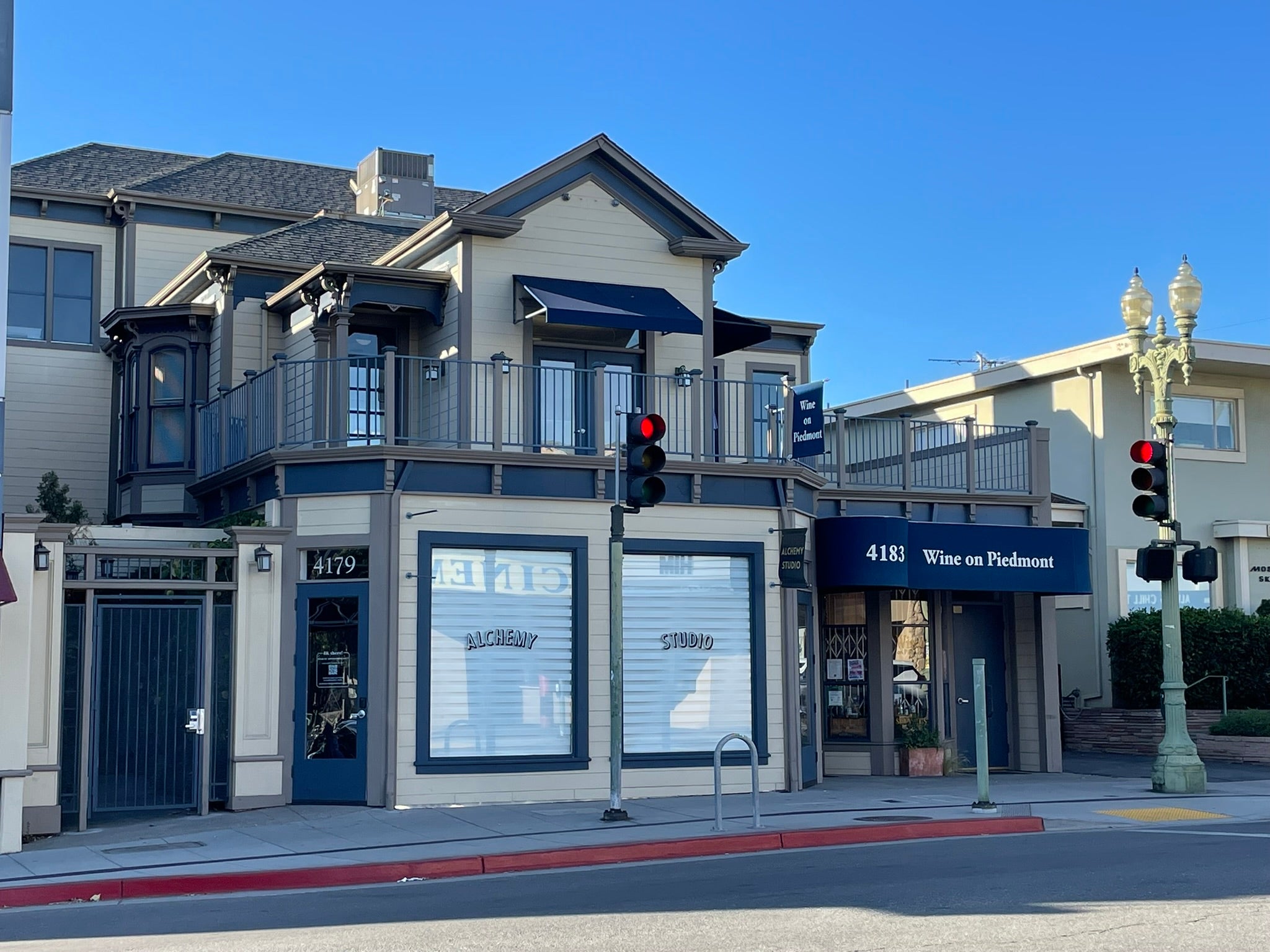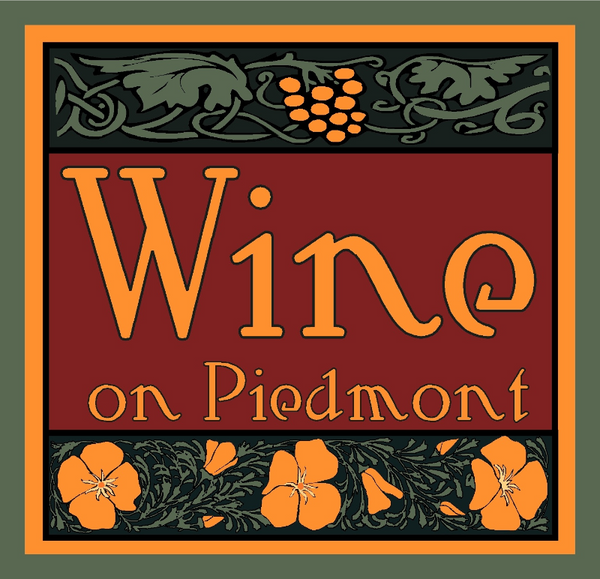
Welcome In
Wine on Piedmont is an independent neighborhood bottle shop & wine bar that's as vibrant and charming as Oakland's Piedmont Avenue, which we're proud to call home.
Founded, owned, and staffed by wine-obsessives, amaro-fiends and other lovable oddballs since 2009, Wine on Piedmont offers friendly, knowledgeable service without pretension or BS.
Browse our thoughtful, taste-tested selection of wine, spirits, beer, no/low alc options, sake, cider, etc., or stop in for a drink at our cozy back bar.
